READY TO GET STARTED?
REQUEST A FREE ESTIMATE
Fill out the form below or call (888) 466-7849 for a free, no-obligation estimate.
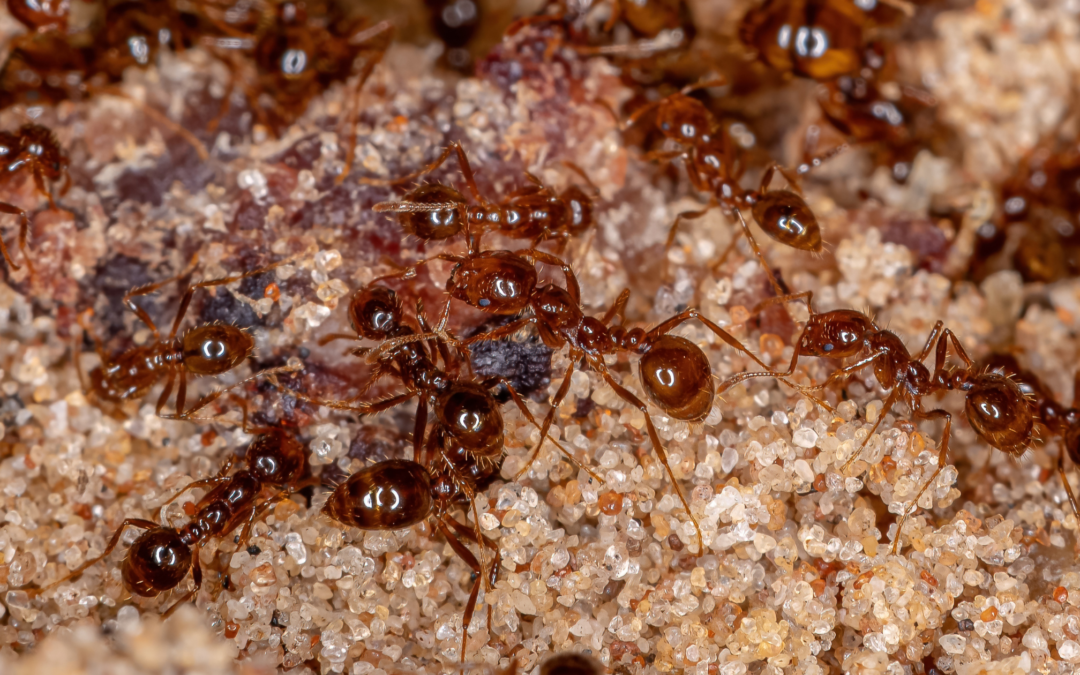
Fire ants, with their fiery stings and relentless mounds, can quickly turn your yard into a battleground. For Georgia homeowners, dealing with these aggressive pests is an ongoing challenge. However, with the right strategies and tools, you can regain control of your outdoor space and enjoy it without fear of fire ant attacks. In this guide, we’ll explore the signs of fire ants, the dangers they pose, what to do if you’re bitten, and most importantly, how to effectively eliminate them from your yard.
Identifying a fire ant infestation is crucial for prompt action. Look out for telltale signs such as:
Beyond their painful stings, fire ants pose several risks:
If you or someone else is stung by a fire ant, follow these steps:
Effective fire ant control requires a multi-faceted approach. Here are some strategies to consider:
Once you’ve eradicated fire ants from your yard, take steps to prevent future infestations:
In conclusion, controlling fire ants in your Georgia yard requires diligence and a combination of tactics. By identifying signs of infestation, understanding the dangers they pose, and implementing effective control measures, you can reclaim your outdoor space from these troublesome pests. For fast-acting and reliable fire ant control, trust the expertise of a professional pest control company near you to safeguard your home and family.
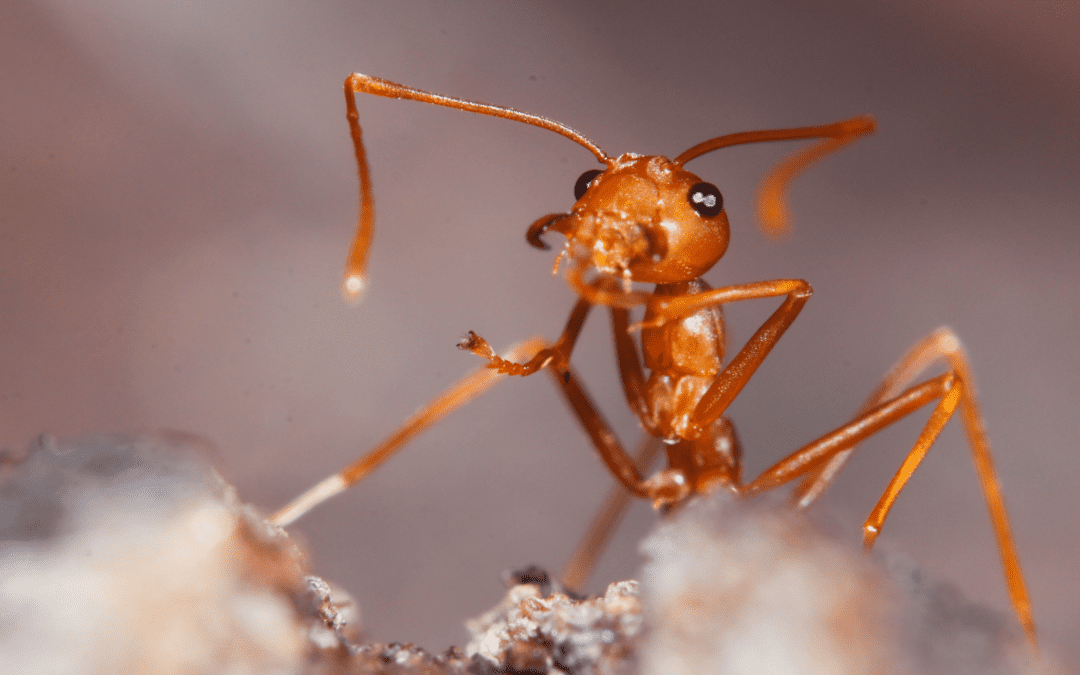
Did you know that fire ants are not native to Miami nor South Florida? Their range has spread to more than 13 southern and western states and continues to grow. They might not seem like a big deal, but over time they can cause medical, agricultural, and property damage. Let’s break down the ways you can prevent fire ants from taking over your lawn and property, so you can get back to enjoying the outdoors.
The first step in preventing something is to know where it originates. Fire ants build large nests, usually in the form of visible dirt mounds. They can also be found in rotting logs, around tree stumps, under pavement and buildings, and inside electrical equipment. When their nests are disturbed, they can become aggressive and incite an attack on the intruder.
Being omnivorous feeders, fire ants search for carbohydrates, proteins, and lipids. These can come in the form of fruits, insects, and oils from seeds. Try to avoid these foods outdoors so fire ants aren’t attracted to your lawn or property. If they cannot find a food source, these pests won’t waste time sticking around and will leave.
One of the best ways to prevent fire ants is to have a pest control plan in place. Fire ants have been the target of several methods of control. There have not been permanent control methods found yet to fully eliminate them but having a recurring pest plan helps. There are four strategies that are used for fire ant control:
Since fire ants are extremely resilient, it can be difficult to fully eliminate these pests. They typically reinfest within a month of treatment and return more rapidly than any other ant species. If you suspect you have a fire ant problem, reach out to your local South Florida pest control company to set up a prevention plan that’s right for you and your property.
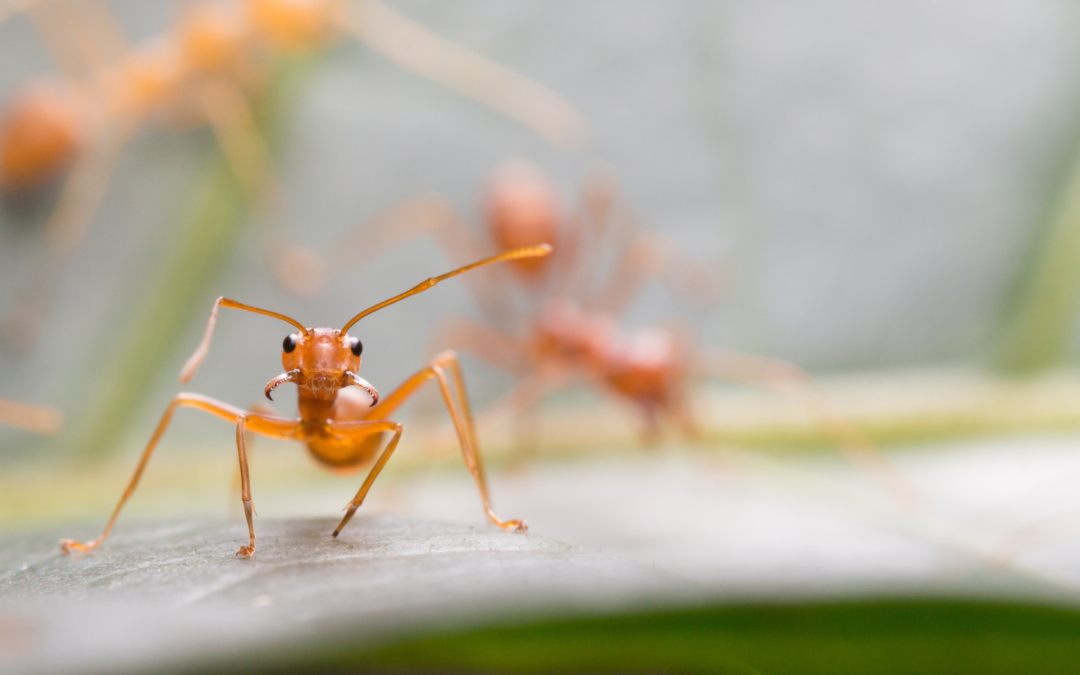
Fire ants might be small, but they are mighty. They can leave a very painful and unwanted welt on your skin if they feel threatened. Don’t let them ruin your summer fun; read more and discover how you can avoid and prevent these pests.
Luckily fire ant mounds are usually easy to spot; so if you find one on your property, it’s best to take care of it as soon as possible. These pests are known for their fierce survival methods in harsh conditions. They can also find shelter in or near HVAC units and electrical boxes, so be aware when working in these areas of your home.
If they do find shelter in electrical boxes, it’s important to remove them as soon as you can, as they can cause damage to wire and equipment.
The best ways to keep these pests out of your yard for the summer is to:
If you need more support, reach out to your local pest control company. These professionals will provide you with a comprehensive fire ant control and prevention plan for fire ants and other summer pests.
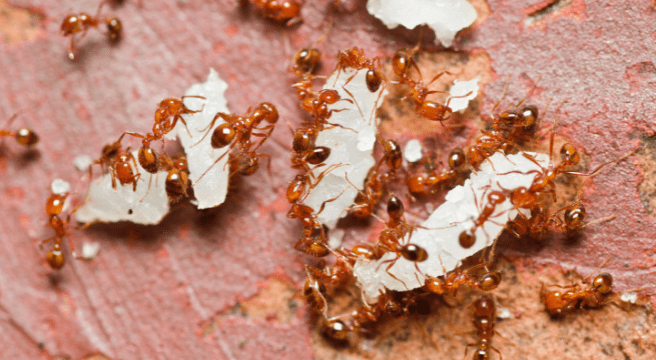
Red Imported Fire Ants (RIFA) have been around for decades, originally coming from South America and first arriving in the U.S. somewhere between 1933 and 1945. They are commonly found in the southern states ranging from Texas to Florida. These pests can be aggravating and quite painful if they bite. It helps to know when they are most active and how to deal with them.
Red imported fire ants are similar in appearance to regular black ants but give off a dark reddish-brown color. They measure 1.6mm to 5mm in length.
Fire ants are known to search for food in warmer temperatures, especially in the range between 72°F and 96°F. They are mostly active during the summer and fall months but can emerge as early as March. Their mounds can be found in yards, stumps, rotting logs, and even around playgrounds. Fire ant mounds can house up to 200,000 individuals and can be up to two feet high and three feet across.
Due to their habitat, they can be a threat to people who enjoy being outside. Although commonly referred to as a bite, they actually sting. Red ants are known to sting humans who disturb a mound. The sting of a red imported fire ant is painful, and the results of the sting are raised welts that can become a white pustule. Often a person will find that they have been stung multiple times by different ants. The biggest threat is if the person has an allergy to insect stings.
If you end up finding these nests or RIFAs roaming in your home, contact a professional local pest control company who can help set up a treatment and control plan for your home. Since RIFAs are known to have a very painful bite, it’s important to remove them as soon as possible.
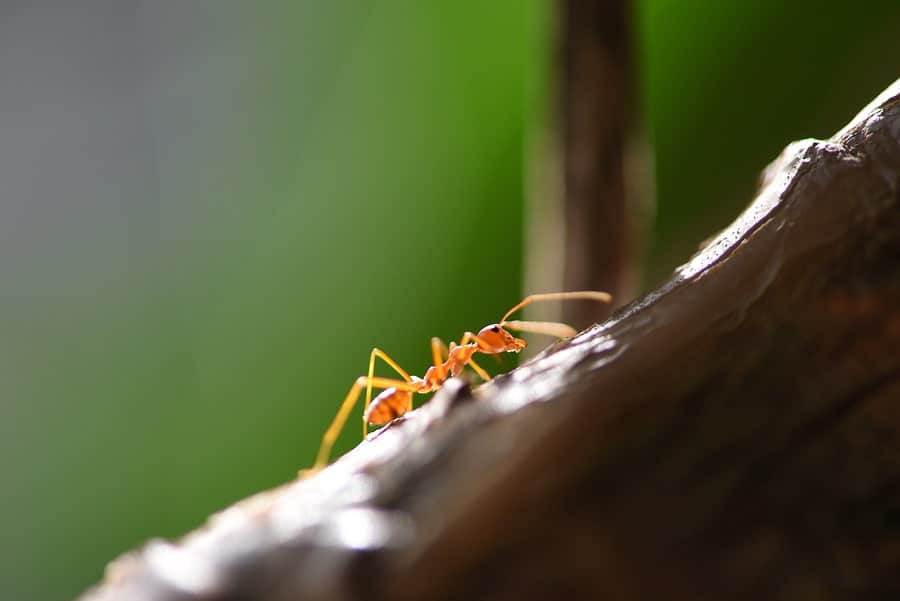
When we think of fire ants, we typically think of them during the warmer months of the year. Surprisingly, the peak seasons for fire ants are both spring and fall, meaning these pests will still be out and about even when the leaves are changing from green to brown! So why are these pests still roaming about even when it’s getting cold?
Fire ants are typically foraging for food in the spring; then when summer arrives, they “hide” in the cool dirt to avoid the extreme summer heat. These ants will keep digging deep into the ground until they are no longer exposed to the heat. Once summer ends, fall finally arrives where fire ants resume foraging for food before winter hibernation.
Fire ants are reddish-brown with six-legs. They are very invasive pests that can easily gain access to the indoors. Fire ants can be a health risk if found inside the home as these pests will sting humans if they feel threatened. Fire ants can sting more than once and will leave a raised welt where they bite. It’s safe to say that you want to avoid these pests inside the house simply for the risk of getting stung!
Now is the perfect time to take precautions and protect your home against fire ants. Try and eliminate sources of moisture or standing water including repairing any leaks from pipes and drains. Outside, keep tree branches and shrubs cut so they aren’t touching the sides of your home. It’s also important to carefully inspect the exterior of your home and seal any holes, gaps, and cracks around the sides of roofs, doors, and windows so these pests can’t get in.
If you are still having an ant issue after utilizing these ant prevention tips, contact a professional pest control company who can help identify the type of ant you are dealing with and set you up with an ongoing treatment and ant control plan.
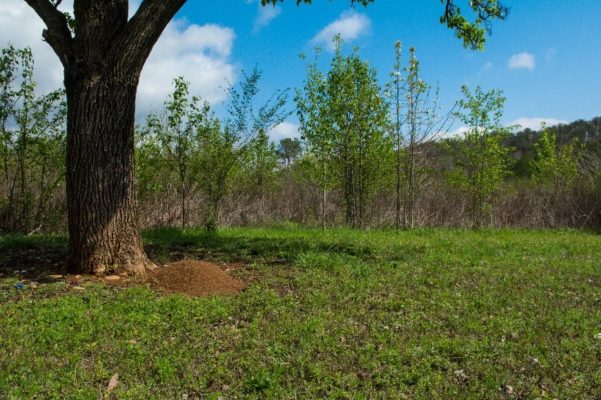
If you’ve ever noticed dirt mounds throughout your yard, you might be assuming that they are just ant mounds. But, if you look closer, certain mounds could be home to a completely difference species. Digger bee mounds could easily be confused with ant mounds, but truthfully, the two species couldn’t be more different.
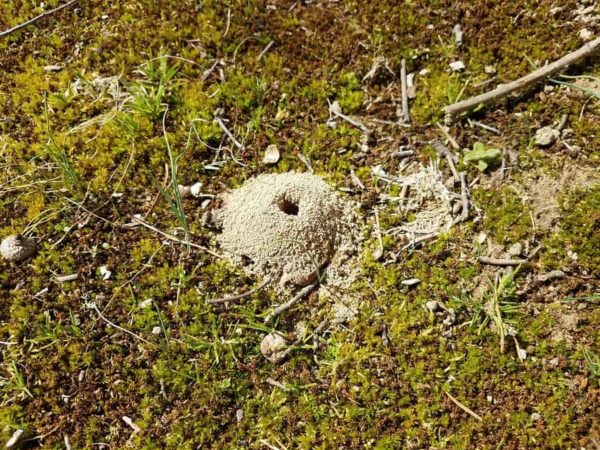
Digger bees are ¼ to ½ inch long, and depending on their species can be dark, shiny metallic, often with yellow, white, or rust-colored markings. What’s unique about digger bees from other bees is they tend to build their nest about 6 inches deep under the ground. The adult female digger bees live in these mounds underground while the male digger bees dig to the surface of the soil creating a pathway for the females to emerge during springtime.
Digger bee mounds can usually be found in areas of your yard where the grass is sparse, such as a dry or shady area. They typically build their nests close together, creating a cluster of several small mounds.
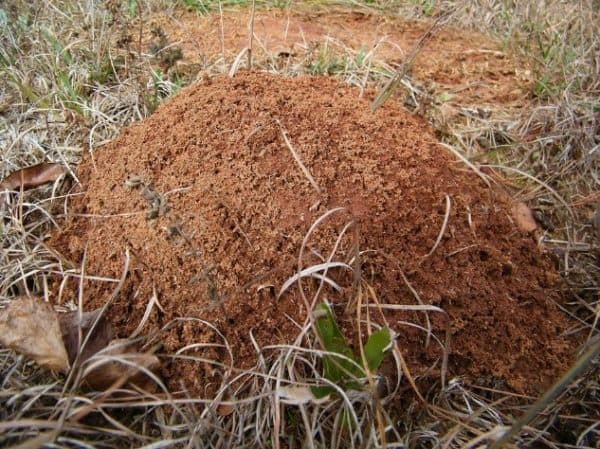
Fire ants can vary in different sizes but have a dark red body color that can range from reddish brown to reddish black, depending on their species. Fire ants do have a stinger and when used can give off a painful sting.
Fire ant mounds are usually raised where you can easily spot them in your yard. The mounds are also dome-shaped and can range from two- to four-square feet in size. Fire ant colonies can be found to have an average of 80,000 worker ants. They typically like to avoid darkness and shade; therefore, they will build their mounds in sunny areas of yards, rather than in shaded areas.
From above, you can see just how different these two species are and how different their habitat is. While digger bees like to build their mounds underground and in shaded areas, the fire ant can be seen building theirs visibly and in sunny areas of the yard. If you believe you have either of these pests in your yard, it’s best to contact a professional pest control company who can help identify and provide treatment plans.
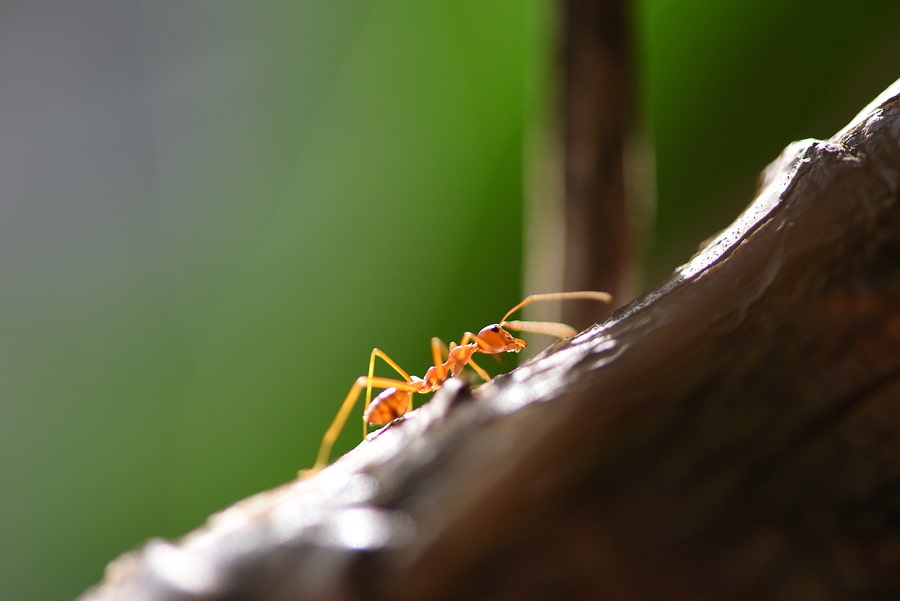
With the persistent surge of rain in the recent weeks, you might start to notice some unwanted pests arriving in your yard. A particular pest to look out for during this rainy season is the Imported Red Ant. These ants can survive in harsh weather conditions, including floods. The Imported Red Fire Ant or RIFA can not only cause damage to your home but also pose health risks to your family.
These ants are known for their fierce survival methods in harsh conditions. During floods, the RIFA colony can connect to form a ball and float until they reach dry land. When doing this, the RIFAs become hungrier and more aggressive, making them more likely to attack. The RIFA is known to have a painful sting/bite that can be more aggressive than other species of ants. A person is most likely to be stung by multiple RIFAs that causes a raised welt. RIFAs venom is protein based, which can cause a strong allergic reaction.
For homeowners, it’s important to know the places to look to indicate a RIFA nest. Most RIFA nests are located outside in soil or near structural foundations and typically build a dome-shaped mound. These ants can also be found under objects such as stones of the base of a tree. One location that homeowners might not realize RIFAs can invade are HVAC units and electrical boxes. They will usually build their nest right up against them or inside the boxes.
If you end up finding these nests or RIFAs roaming in your home, contact a professional ant control company who can help set up a treatment and control plan for your home. Since RIFAs are known to have a very painful bite, it’s important to remove them as soon as possible.

As the weather continues to pull you and your family towards more outdoor activities, the chances of getting bug bites increases. Here are some tips to prevent these bites and stings, and get back to enjoying your summer:
Treating bug bites and stings can put a damper on any outdoor activity. If you have issues with biting/stinging pests, call (866) 616-0862 or request a free pest inspection from your local pest control company.

With the last day of school, graduation ceremonies, and Memorial Day quickly approaching, you’re probably feeling the pressure to get your outdoor area ready for all the festivities. Not only are you concerned about the look of your lawn and impressing your guests, but you also need to know which pests to avoid and, if possible, prevent from ruining your celebration. Here’s your party pest avoidance checklist:
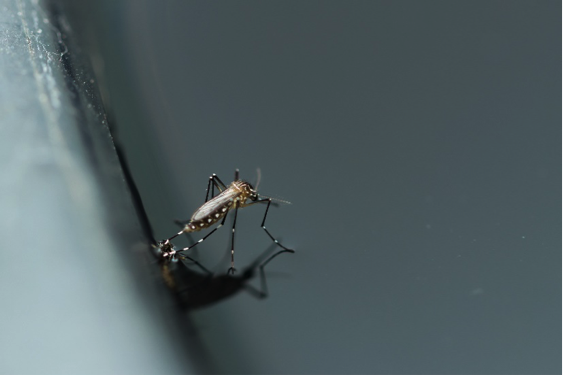
We’d like to be completely rid of mosquitoes forever, but that would be a difficult task! Let’s look at what you can do to reduce their occurrence in and around your home:
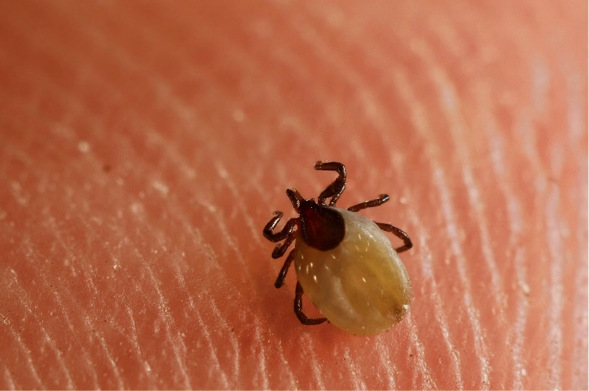
We understand the concern that ticks can breed. Take a look at these tips to prevent one of these pests attaching to you:
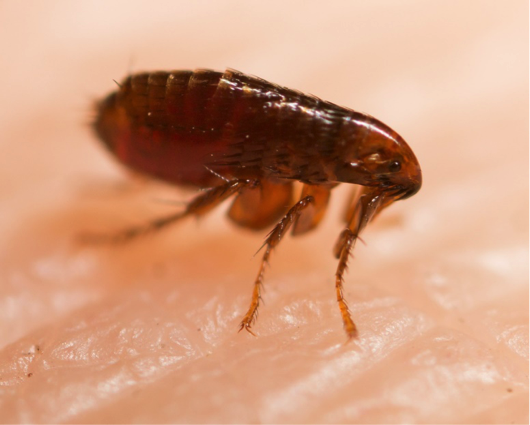
Fleas are typically a nuisance for our furry friends, though they can still cause issues for you too. Here are a few suggestions to keep your home and pets flea-free:
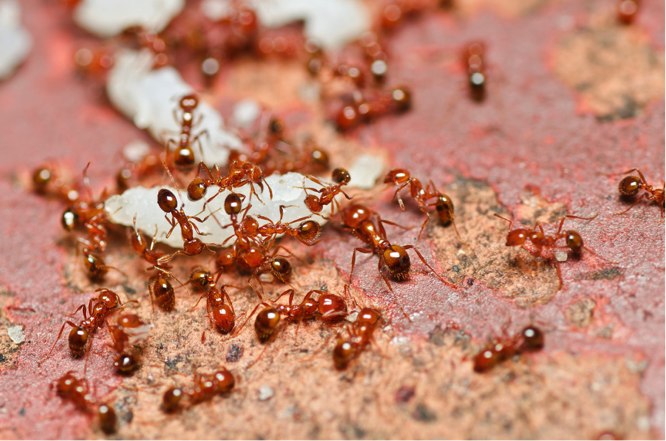
Like mosquitoes, fire ants can be an unwanted fixture on your lawn during the warmer months. They leave painful bites and can be an issue for pets and humans alike. To prevent fire ants from ruining your summer fun, try these tips: